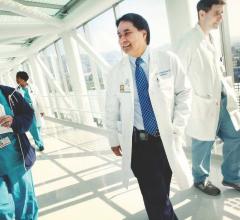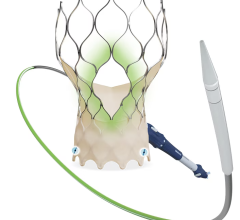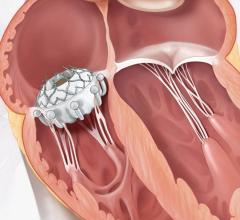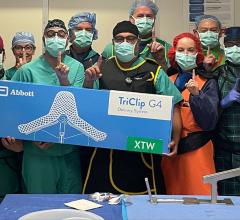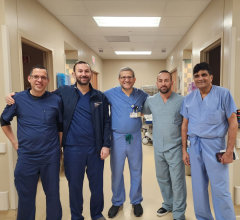September 17, 2009 – One of the activities at TCT 2009 is the Hearts in Hand Collection, a library of physical heart models in a variety of structural disease states, which allow physicians to gain quick and thorough understanding of spatial relationships and practice catheter pathways and device sizing prior to conducting minimally invasive interventions.
The Hearts in Hand Collection was conceptualized by John Carroll, M.D., medical director for Medical Simulation Corporation (MSC), and director of interventional cardiology and director, cardiac and vascular center at University of Colorado Denver. “Cardiologists use a variety of medical images today to plan procedures,” he said. “Physical models translate these images into a format more inherently useful to the procedure planning process, and are also highly valuable to physicians training to perform new procedures. Medical images are no longer constrained to being ‘virtual.’”
New advances in technology are allowing physicians to increasingly use interventional rather than surgical means to treat structural heart disease. Minimally-invasive interventions, such as percutaneous closure of intracardiac defects, valve repair and replacement and myocardial disease treatments, translate to faster patient recovery and less pain for the patient. The collection of physical heart models will be an invaluable resource for educational and research institutions, the medical device industry and regulatory agencies.
New to TCT this year will be 3D, interactive graphics of structural heart diseases that facilitate the understanding of interventional anatomy and the use of intracardiac ultrasound image guidance. Developed by Adam Hansgen of the 3D Lab at the University of Colorado Denver, the interactive graphics allow the user to manipulate 3D hearts derived from MSCT scans in patients with structural heart diseases and complements the physical models in the Hearts in Hand Collection.
The team from the University of Colorado Denver’s 3D Lab will be providing education on
treatment of heart disease in the Education Pavilion at the TCT, Sept. 23-25, in San Francisco. TCT attendees will have the opportunity to learn about the benefits of using physical heart models in conjunction with other education modalities.
The Hearts in Hand Collection and the accompanying 3D interactive graphics provide
physicians and their teams with hands-on training tools to help them plan for safer and more efficient structural heart interventions. These tools can aid in patient selection, delivery system device and anatomy matching, and catheter pathway practice.
For more information: www.medsimulation.com


 July 08, 2024
July 08, 2024 
